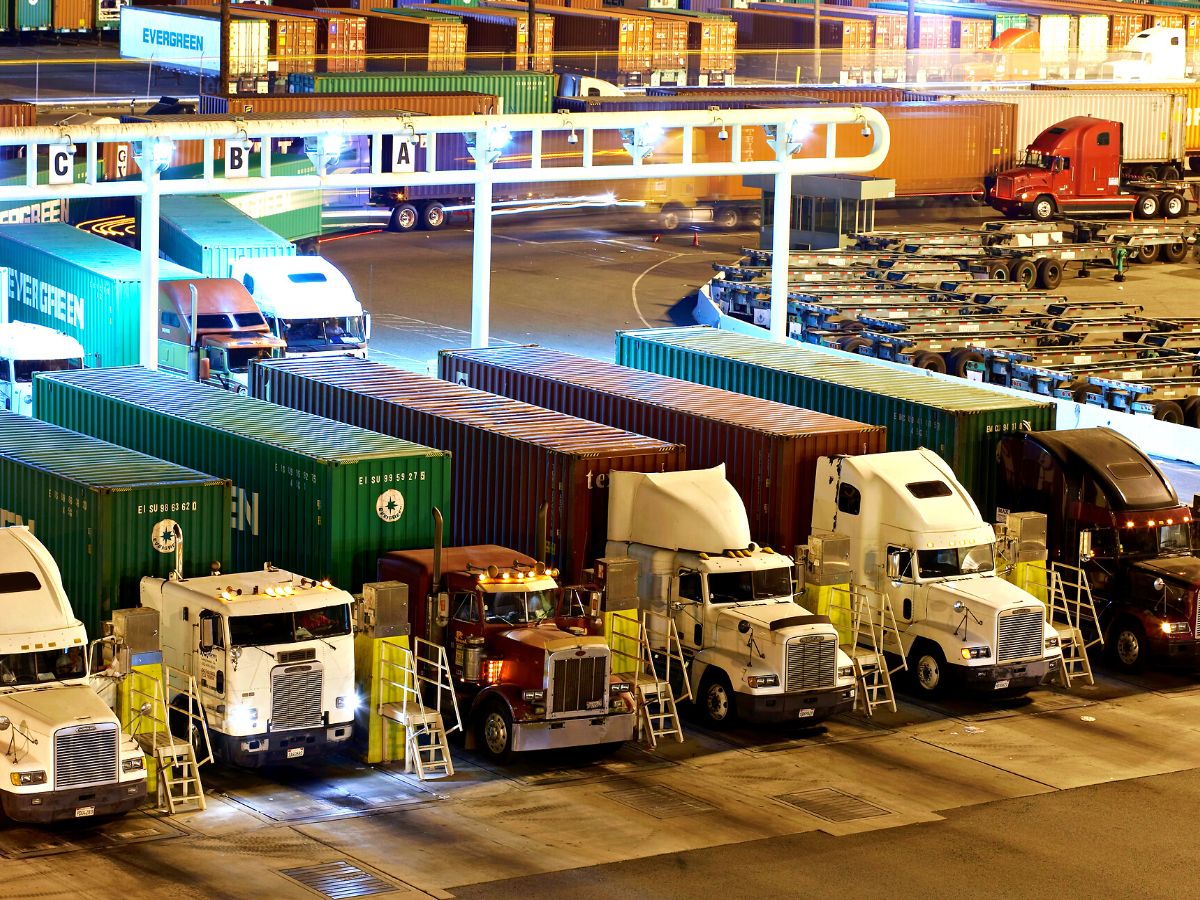
California’s AB5 Law and its Impact on Trucking and Supply Chain Logistics
By NNR USA In Insight On 18th August 2022
What is AB5?
AB5 is a California law that changed the rules employers use to decide if a worker is an employee or an independent contractor. The distinction is important since independent contractors do not receive the same benefits and protections as employees. This includes overtime pay, minimum wage guarantees, workman’s compensation, and unemployment insurance.
The roots of the AB5 legislation go back to 2018 when the California Supreme Court ruled on Dynamix v Superior Court. The ruling held that workers were presumptively employees, and the burden to prove otherwise fell on the hiring entity. The hiring entity must prove each of three parts of a three-pronged ABC Test:
(A) The individual is free from direction and control applicable both under the contract for the performance of service and in fact;
(B) The service is performed outside the usual course of business of the employer; and
(C) The individual is customarily engaged in an independently established trade, occupation, profession, or business of the same nature as that involved in the service performed.
The B prong is a problem for the current trucking industry (more on this later).
AB5 codified the ABC test. Signed by Governor Newsom in 2019, it went into effect on January 1, 2020, but because of legal challenges was not enforced until the US Supreme Court recently chose not to consider the California Trucking Associations’ contention that AB5 was preempted by the Federal Aviation Administration Authorization Act (F4A).
Exemptions and Carveouts
On September 20, 2020, Governor Newsom signed AB2257 which exempted approximately 100 job categories from AB5. Gig workers who perform services for companies like Uber, Lyft, Door Dash, and the like were not exempted. This prompted the creation of Proposition 22, which was approved with the support of 58% of California voters. Prop 22 made it legal for app-based drivers to be independent contractors, not employees.
This leaves us with many non-exempt workers, which includes truckers.
Trucking
According to the California Trucking Association (CTA), roughly 70,000 independent contractors are registered in California. It is estimated that most truckers (50% to 70%) who serve the California ports (primarily Los Angeles, Long Beach, and Oakland) are independent contractors. These truckers historically own their own truck but use the operating authority and insurance of larger, more financially able truckers and 3PLs.
The B prong of the ABC test says the service must be performed outside the usual course of business of the employer, therefore, truckers and others who run under the use model are in violation of AB5. Further, AB5 is retroactive to January 2020, the violators are subject to penalties plus back wages and benefits. Therefore, it is thought that the 70,000 independent truckers could soon be out of business. This has a significant impact on how goods are moved not only in California but the rest of the world since California is the major gateway for goods movement in the US.
Trucking companies are scrambling to create alternative business models that follow or even circumvent the restrictions AB5 presents. Some of these include:
- Creating a freight brokerage entity.
- Insisting independent truckers create their own business entity:
- Get their own operating authority, insurance, and other pieces currently provided by their 3PL or trucking partners.
- This triggers the business-to-business exemption (more on that in a minute).
- Create a two-check system – the trucker still owns his truck, but the company pays the trucker as if he is an employee and compensates him for using his vehicle.
- Getting out of California.
Items 2 and 3 above are interesting in their approach. Both attempts to take advantage of language in the law, which was likely unintended and could potentially be “tightened up” on later versions of the law.
What Happens Next?
Even if AB5 is lightly enforced, the near- and medium-term harm will result in the loss of drivers in an already tight driver supply market. It will have a major negative impact on capacity and service and will absolutely cause rates to climb to unprecedented levels. If COVID taught us anything about the fragility of the supply chain, we should consider that AB5 will have an equal or greater harm.
Written By

Gary Kendle
Domestic Logistics Consultant
NNR GLOBAL LOGISTICS USA | Based in California
Email: gkendle@nnrusa.com
